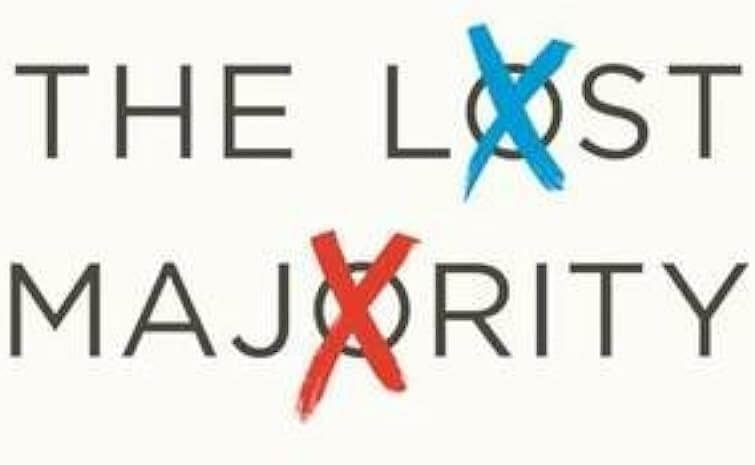I recently finished reading Sean Trende’s excellent book The Lost Majority, which is a must-read for anyone attempting to intelligently discuss its subject: how winning political coalitions are built, maintained and undone in the modern American two-party system. Trende covers a range of topics. At the level of political science theory, he dismantles the theory of periodic realigning elections. In his historical analysis, he may surprise you by arguing that the most enduring coalition of the past century was assembled not by McKinley, FDR, or Reagan but Dwight Eisenhower. Looking to the recent past and future, he convincingly demonstrates that Obama’s 2008 coalition was always more fragile than Democrats at the time believed, and that there remain obstacles to the John Judis/Ruy Teixeira theory of an Emerging Democratic Majority. Trende’s major point is that all such predictions of enduring partisan majorities (he cites many dating back over the past century and a half) ignore the fact that political coalitions inevitably draw together factions with different interests and ideologies, and frictions within those coalitions inevitably offer opportunities for the other party to regain support.
But one of the historical narratives that Trende covers in depth is of particular interest because it remains a crucial part of partisan mythology today: the enduring myth of the Southern Strategy. On the occasion of Mitt Romney’s address to the NAACP, it is worth revisiting that myth today.
Continue reading The Southern Strategy Myth and the Lost Majority

